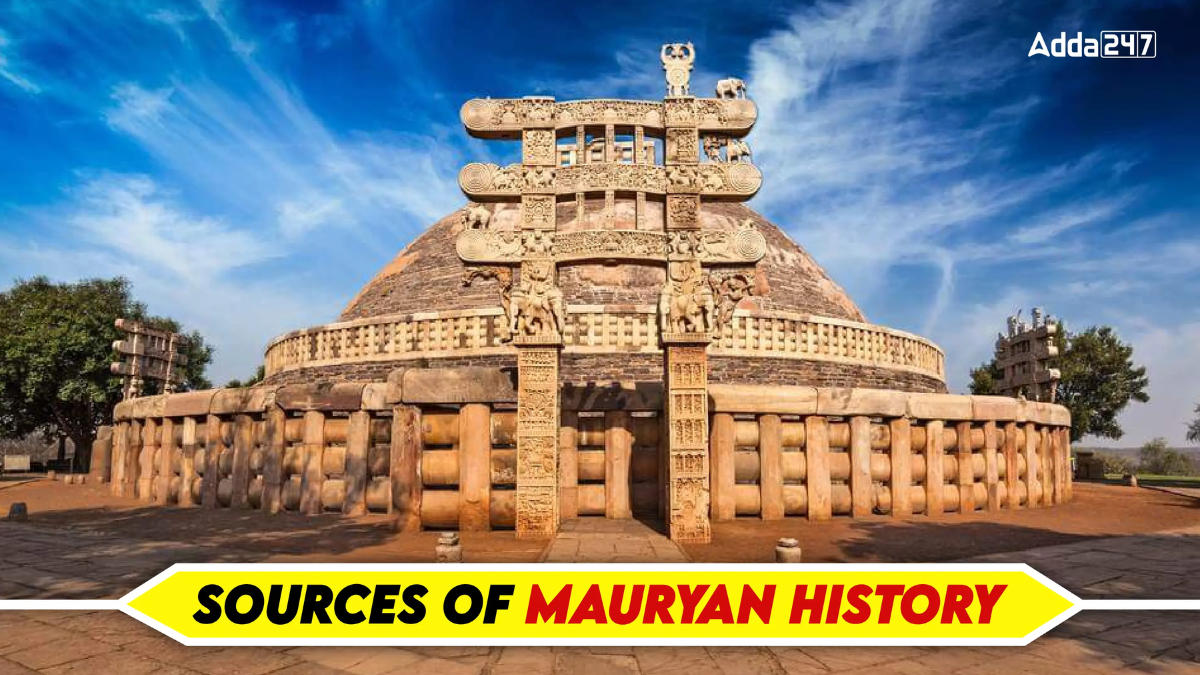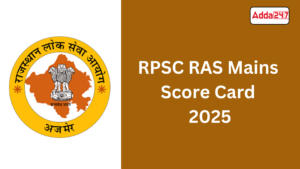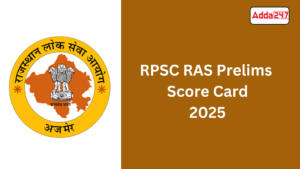Table of Contents
Along with the kings in Mauryan Dynasty the Mauryan Empire is also known for the flourishing art, architecture, and literature during the period. The major source for Mauryan History is the Arthashastra by the Kautilya, the mentor of Chandragupta Maurya who founded the Mauryan Dynasty.
Although the Mauryan empire was too vast and existed for 321-185BCE, the Arthashastra by Kautilya is not a single resource for the complete period. In this article we will delve into the sources from which we have gained significant knowledge about the Mauryan Empire, basically the sources can be divided into two categories:
- Literary sources
- Archeological sources
We will be studying both of them one by one.
Sources of Mauryan History
Literary Sources of Mauryan History –
The literary sources of the Mauryan Empire are rich and varied, offering deep insights into its governance, society, art and culture. Key sources include the Arthashastra by Chanakya, and Indica by Megasthenes, a Greek ambassador to court of Chandragupta. Additionally, the Puranas, Buddhist and Jain literature, such as the Mahavamsa and Kalpasutra, offer religious and historical perspectives on the Mauryan period, Sarnath Schools also offer insights on Mauryan period as buddhism flourished well during the Mauryan period and it was a prominent center of Post- Mauryan art. Below we have discussed the literary sources more comprehensively.
- Arthashastra : Authored by Chanakya who was prime minister in Chandragupta’s court and it was with his teachings and insights that Chandragupta was able to bring end to Nanda Dynasty and established Mauryan dynasty, in his Arthashastra he explained how a state’s economics and authority should be organized for effective governance across the empire.
- Indica : Written by Megasthenes, Greek Ambassdor to court of Chandragupta, he highlights how he was impressed with the administration in the Mauryan Empire.
- Mudrarakshasa : This play written by Vishakhadatta narrates assent of Chandragupta to power in India.
- Jain Texts : Jain texts have various sources about the existence of Mauryan empire, mentioned below:
- Kalpasutra – This Jain text informs us about the anointment of Chandragupta Maurya.
- Parishishtaparva – This Jain text written by Hemchandra inform us about the meeting of chandragupta and Chanakya and his journey to be the king.
- Buddhist text : There are various Buddhist text which are today sources of Mauryan Empire some of them are listed below:
- Jatakas – emphasizes on socio cultural aspect of Mauryan empire.
- Mahavamsa and Dipavamsa – Role of Ashoka in spreading Buddhism to the south and Sri Lanka.
- Divyavadam – This Tibetan text also highlights Ashoka’s efforts in spreading Buddhism.
- Ashokavadana and Divyavadana – These two Buddhist texts contain information about Bindusara and Ashoka’s journey in conversion to Buddhism.
Archeological Sources of Mauryan History –
Archaeological sources are physical remains, such as artifacts, sites, features, inscriptions on pillars, like those of Ashoka, offer detailed accounts of Mauryan governance, religious tolerance, and social policies. Additionally, artifacts like pottery, tools, and coins unearthed across the empire’s vast territory illustrate the daily life, economic activities, and trade networks of the period. Together, these sources deepen our understanding of Mauryan society, culture, and political dynamics. We will further study about the archeological sources in detail;
- Numismatics – The punch marked coins were issued by Mauryans for example Silver coin were called Rupyarupa panna.
- Inscriptions – These are writings over stone and other metals, there are various inscriptions mentioned below ;
- Sohgaura – A copper plate inscription found in Gorakhpur UP, it is written in brahmin and Prakrit language , it contains information about food storage methods during the Mauryan period.
- Rudradaman inscription – mentions construction of Sudarshana Lake by governor of Chandragupta Maurya.
- Ashokan Edicts – proclamation engraved on pillars, rocks and cave walls are called Edicts.
a) 14 Major Rock Edicts – these depicts principals of Dhamma and are located in Kalsi(Dehradun, Uttarakhand, Manshera(Hazara, Pakistan), Junagadh(Girnar, Gujarat), Jaugada( Ganjam, Orissa), Dhauli (Puri, Orissa), Yerragudi(Kurnul, Andhra Pradesh), Shahbajgarhi(Peshawar, Pakistan)
b) 2 Kalinga Rock Edicts – These depict new administration after the Kalinga War.
c) Minor Rock Edicts – Located in Brahmagiri(Karnataka), Rupanath(Madhya Pradesh, Siddhpur(Karnataka), Maski(Andhra Pradesh) these edicts tell us about personal history of Ashoka and his Dhamma also these are the earliest edicts inscribed in the 10th – 11th year of Ashokan rule.
d) Bhabru-Bairat Rock Edicts – This edict is located in Rajasthan and depicts ashoka’s conversion in buddhism.
e) Pillar edicts – 2 Tarai Pillar Edicts in Lumbini tells about respect of Ashoka towards Buddhism, also pillar edicts are found in Allahabad(7) and Sanchi(4).
f) Cave edicts – 3 Barabar cave edicts depict Ashoka’s tolerations.



 RPSC RAS Mains Score Card 2025 Out, Chec...
RPSC RAS Mains Score Card 2025 Out, Chec...
 UPPSC Cut Off 2024, Expected and Previou...
UPPSC Cut Off 2024, Expected and Previou...
 RPSC RAS Prelims Score Card 2025 Out, Ch...
RPSC RAS Prelims Score Card 2025 Out, Ch...




